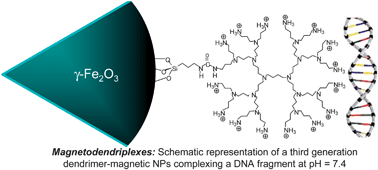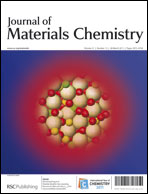Covalently bonded dendrimer-maghemite nanosystems: nonviral vectors for in vitrogene magnetofection†
Abstract
In this work novel nonviral nanosystems for in vitrogene magnetofection are presented. The multifunctional vectors consist of superparamagnetic


 Please wait while we load your content...
Please wait while we load your content...